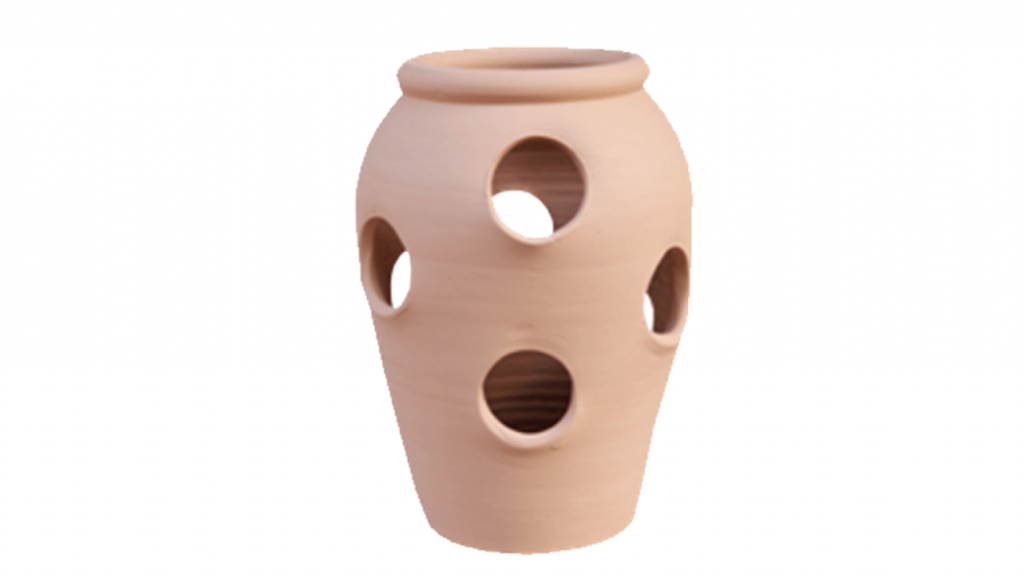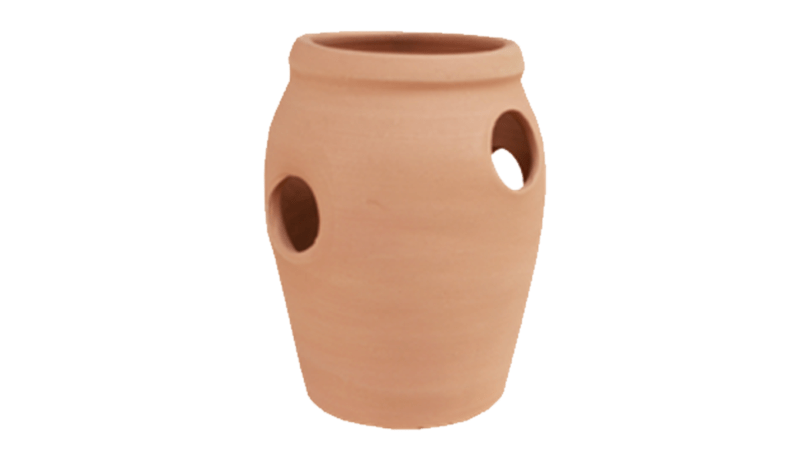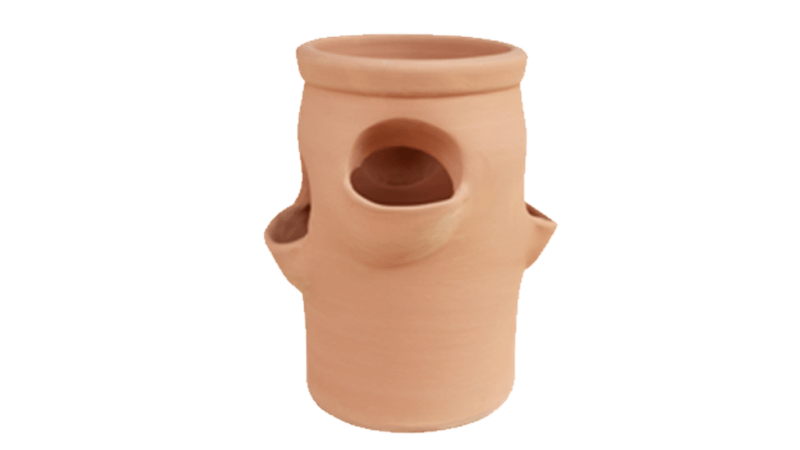Orchid Pots, Orchid Planters, Best Orchid Pots With Holes, Orchid Planters With Drainage Holes.
Orchids are beautiful and exotic plants that grow in the wild in many different environments. They are also popular with growers as they can be grown in orchid pots at home. Orchids need air, oxygen, moisture, and humidity to thrive, so it is important for the best orchid pots to have holes for adequate drainage and air circulation. The roots of an orchid cling to other surfaces and absorb the moisture from its environment, so the pot should provide plenty of space for them to do this.
Orchid growing is a delicate process that requires specific conditions and care, but once you find what works best for your particular orchid, you can enjoy their beauty as they grow in nature.

Why are orchid pots special?
They are special because they provide the perfect environment for orchid roots to grow. Unlike most houseplants, orchids need a pot that allows air to circulate through their roots. They have drainage holes on the side which allow excess water to drain away from the plant’s roots, providing them with just enough moisture without drowning them. They also help provide the proper light and warmth needed for growth.
Their special design makes it easier for homeowners to successfully grow and nurture their plants, making them an essential part of any successful indoor garden.
Range of Terracotta Pottery Orchid Pots with holes
Available in different sizes, shapes, and designs, and can be customized to order.
- Round Terracotta Orchid Pots
- Cylindrical Terracotta Orchid Pots
- Terracotta Orchid Pots with saucers

Why Do Orchid Pots Have Holes?
When it comes to orchids, choosing the best is essential for optimal growth. They can be made of ceramic, plastic, or even a basket. While ceramic and plastic orchid pots have drainage holes in the bottom to allow excess water to drain out and keep the roots healthy, a basket does not usually have drainage holes.
Many ceramic orchid pots are also often glazed for added protection and can come in a variety of colors and shapes. Clear plastic orchid pots are also popular because they provide an ideal growing environment for your plant. The clear pots are lightweight and easy to carry.
These drainage holes will allow air circulation and oxygen supply around the roots, as well as moisture content regulation from excess water, to be drained away from the wet soil. Additionally, clear plastic pots make it easier to monitor root growth while providing enough support for the orchid’s roots and potting media. When repotting your orchid into a new container, it’s important to choose one with great drainage so you can ensure its health in its new environment.

Why do plants thrive better in Terracotta Orchid Pots instead of glazed ceramic orchid pots or clear plastic orchid pots?
Terracotta offers a number of advantages over other types of pots, that’s why we recommend them!
Primarily terracotta is porous, which allows for better air movement around and water drainage, making it ideal for orchids as they require high humidity and well-drained soil.
Orchid Pots are made of clay with holes on the bottom and provide insulation to the plant roots, protecting them from extreme temperatures. In addition, terracotta is much heavier than plastic or ceramic pots, providing more stability in windy environments.
Finally, terracotta has a timeless look that can add to the creative aesthetics and orchid enthusiasts love them as orchid pots can be used anywhere irrespective of their location.
Best Size for Orchid Pots
Orchid pots in a variety of shapes are available to select from. When choosing the best size, you want to consider the size of the plant’s root system and its growth potential. Generally speaking, larger orchid pots are better for root development and nutrient absorption.
A good rule of thumb is to choose a pot that gives your orchid enough space to grow by at least two inches each year. Depending on the type of orchid you are planting, different sizes may be necessary. Ultimately, when selecting the right size, consider the size of your current plant and its future growth potential in order to ensure successful growth and optimal health.
You’ll also want to purchase and fill it with high-quality media that is specifically intended for growing an orchid plant. This soil should be able to retain some moisture but also allow for good drainage so that your orchid can get adequate water without becoming oversaturated.
How To Repot An Orchid
Repotting an orchid is a great way to ensure it will thrive and grow healthy. It’s important to provide the right support and environment for the orchid to prevent any root damage. To begin, choose a pot that will provide enough space for the orchid’s roots and potting media.
Terracotta Orchid pots are popular because they come in different designs, sizes, and shapes.
You can also use a basket with holes on the side for excellent air supply. After choosing the best pot for your preference, fill it with potting mix – typically a combination of moss, bark and other organic material – that will provide enough moisture and oxygen to help new roots grow.
When watering your newly-repotted orchid, make sure not to fill the entire container with water as excess can prevent oxygen from reaching the roots. If you’re unsure which type of pot is best for your orchids.
Please feel free to request us for our latest catalog to browse through our selection of different types of attractive inexpensive pot and sets!